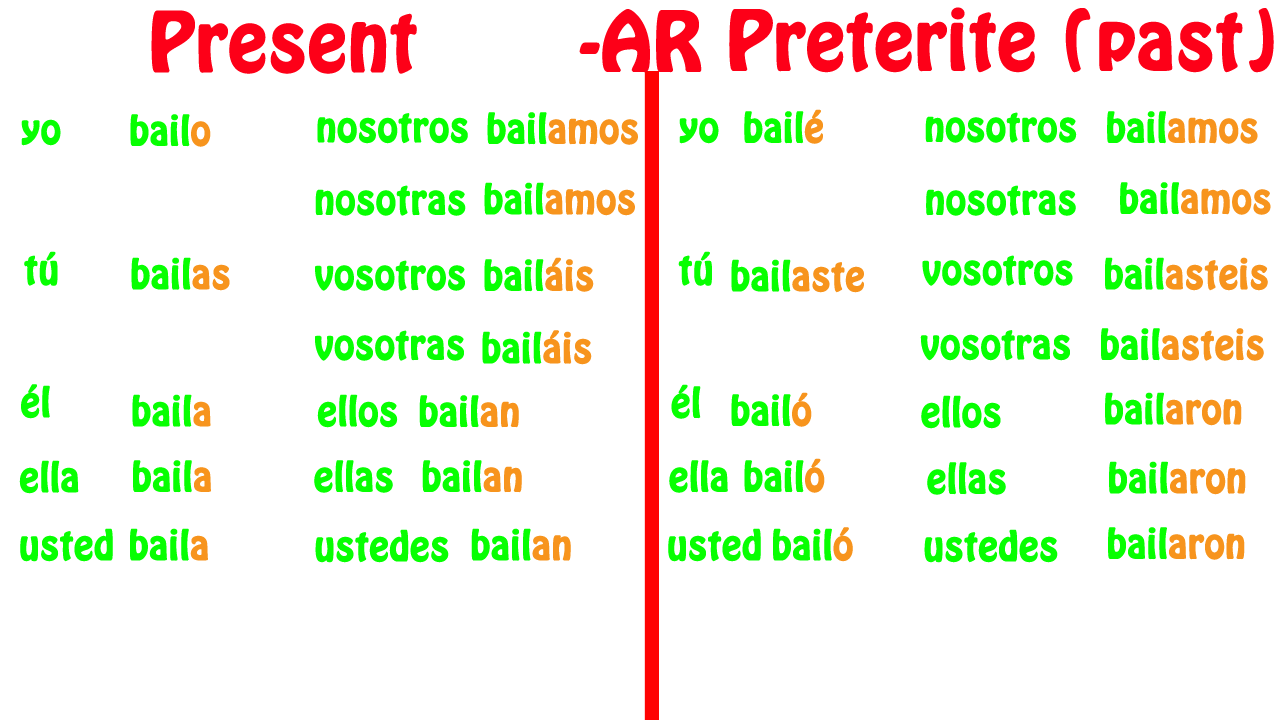


The Spanish language has many Spanish tenses, but the three main tenses are the past, the present and the future. They’re compound when the action is expressed with more than one word such as anĪuxiliary verb, and a participle non-personal form of the verb that has the ending -do in the regular form of Spanish and can form compound tenses. Simple verb tenses are when the action is expressed with a single word.
Spanish verb endings future tense how to#
Here we’ll take you through each of the different tenses in the Spanish language, with tips on when and how to use them. The next time you want to practice your Spanish by making plans and sharing them with friends, don’t be held back by fear that you will use incorrect tenses.

When talking in different situations, we use varying verb tenses to refer to what we did the day before, what we’re doing or what we plan to do. Using different tenses is a normal part of language for Spanish speakers, just as it is in many other languages.


 0 kommentar(er)
0 kommentar(er)
